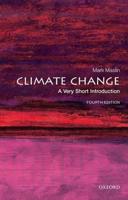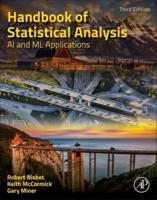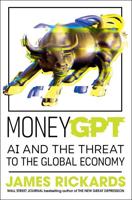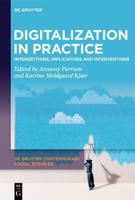Publisher's Synopsis
Geospatial Techniques in Climate Change Monitoring and Environmental Mapping: Advances and Applications explores the innovative methods and applications of remote sensing for climate-change-related studies. Climate change requires a comprehensive approach that integrates various disciplines and perspectives, which remote sensing technology and data acquisition can greatly improve. The book opens with an examination of climate observation and monitoring, the consolidation of remote sensing data systems in environmental mapping, and the tracking of air pollution by remote sensing data. Climate change is comprehensively covered with chapters covering the use of remote sensing data to monitor and predict climate change; mapping, monitoring, and characterization of land change with climate time series data; tracking climate change and tropical cyclones using geospatial technique; the system dynamics model of economic development and climate change; and a close look at climate change mitigation, adaptation, and future directions. Climate modelling, validation, uncertainty mapping are also explored. Finally, the guiding role of the application of remote sensing data in government climate policies and sustainable approaches for risk reduction of global climate change issues are discussed in depth. This cutting-edge reference offers readers the latest thinking on the spatial techniques that scientists across disciplines can employ in the fight against climate change.









